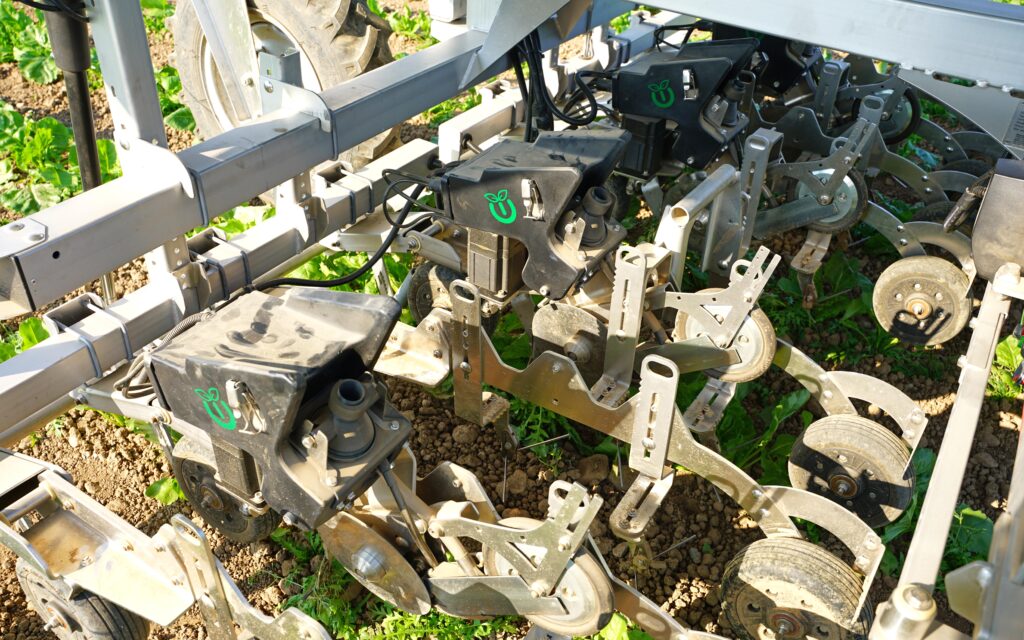Robotics in industry and agriculture has been talked about for decades but their actual appearance outside of doing repetitive tasks on the factory floor has been slow in materialising.
This is a situation which is now changing rapidly within agriculture and while larger autonomous tractors are still some way off, it is the smaller robot that is entering fields and quietly getting on with the job.
Here in Ireland, IAM Agricultural Machinery has been appointed as the agent for the Danish-developed Farmdroid robot which was seen at last year’s National Ploughing Championships and has since been undergoing trials in Co. Kilkenny this spring.

To test the machine in Irish conditions it was given a 6ac plot of fodder beet to sow and weed on a mixed farm near Urlingford, and the first problem encountered was the late arrival of the planting season.
Eventually, it was able to sow the beet at the start of May, a task which it completed overnight on the residual battery power left over from the daytime charging from the large solar panels which sit atop the machine.

The rows and the spacing of the beet are impressively straight and even with the weeding mode now engaged, it has left the gaps between rows remarkably clear.

Due to a vigorous flush of weeds in late May and early June, the inter-plant gaps were not completely weed-free at the time of our visit, but the Farmdroid was working on that situation and was clearing out these remaining plants.
Farmdroid robot eliminates chemicals
So far so good, and John Lawless of IAM, who covers both the Farmdroid and Hardi sprayers for the company, is happy about how this new method of cultivation has progressed so far.

He notes that this is the first season with it in this country, although there are nearly 400 already working elsewhere.
John admits that there are a few things that might be done differently next year, but both he and the farmer are pleased with what has been achieved so far.
The most notable benefit to date is that not one penny has been spent on herbicides and yet the crop is as clean as many that have received sprays over the last few weeks; that alone has marked it out as a valuable new tool in the farmer’s armoury.

The Farmdroid is priced at around €95,000, which is the same as a small to medium-sized tractor, yet it is designed to cultivate and tend to 25Ha of high value root and vegetable crops, which should not require either manual or chemical weeding, a claim that is likely to be borne out at the end of this trial.

For those who may be somewhat reserved when it comes to robotics, John points out that it is best to think of it as an automated tool carrier rather than purely as a robot, by doing so moving up the technology ladder might no appear quite so daunting.
